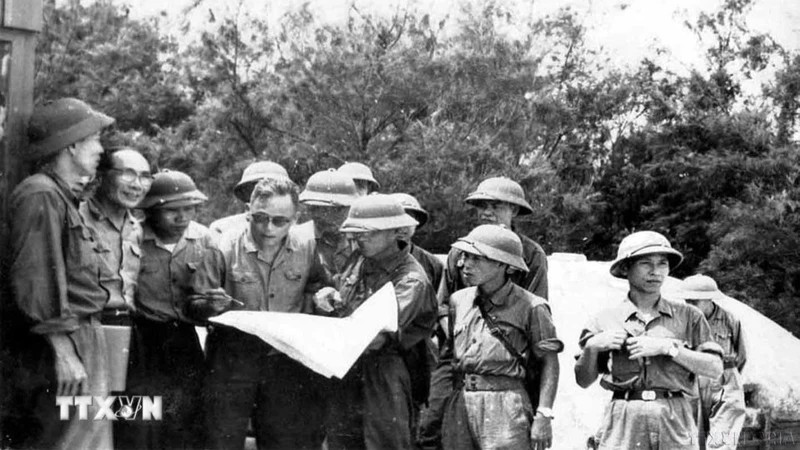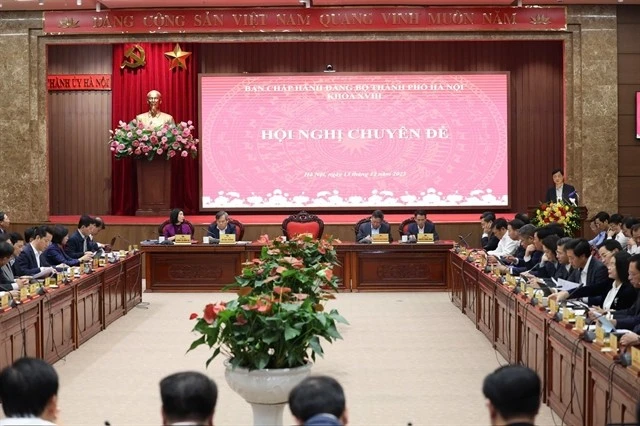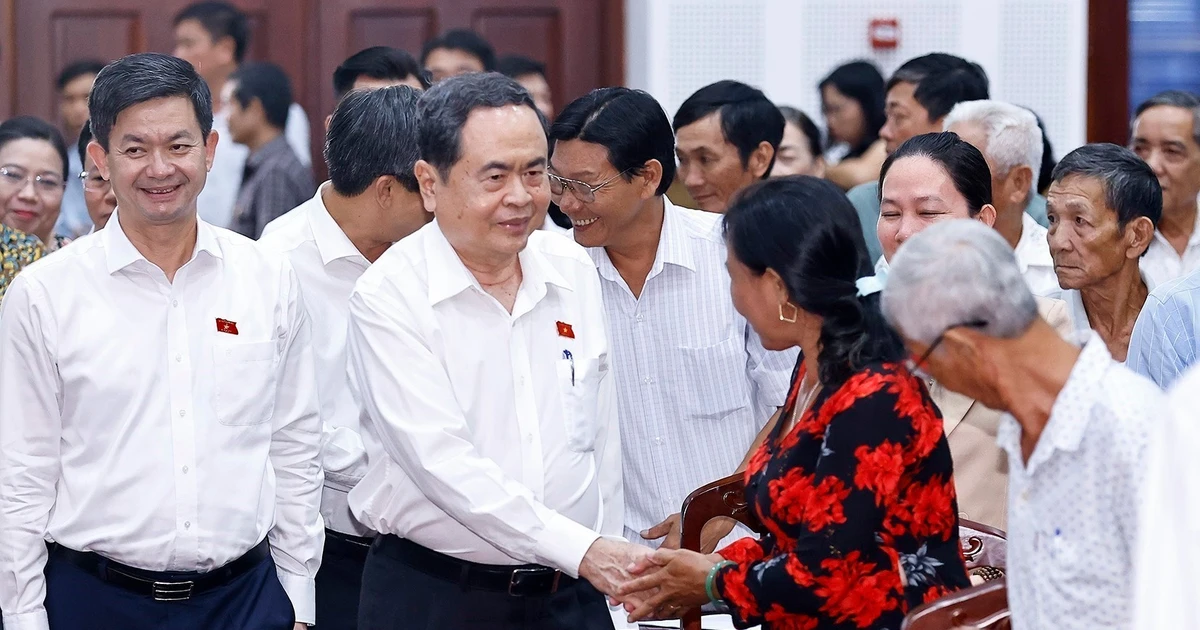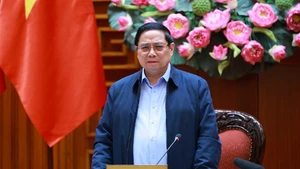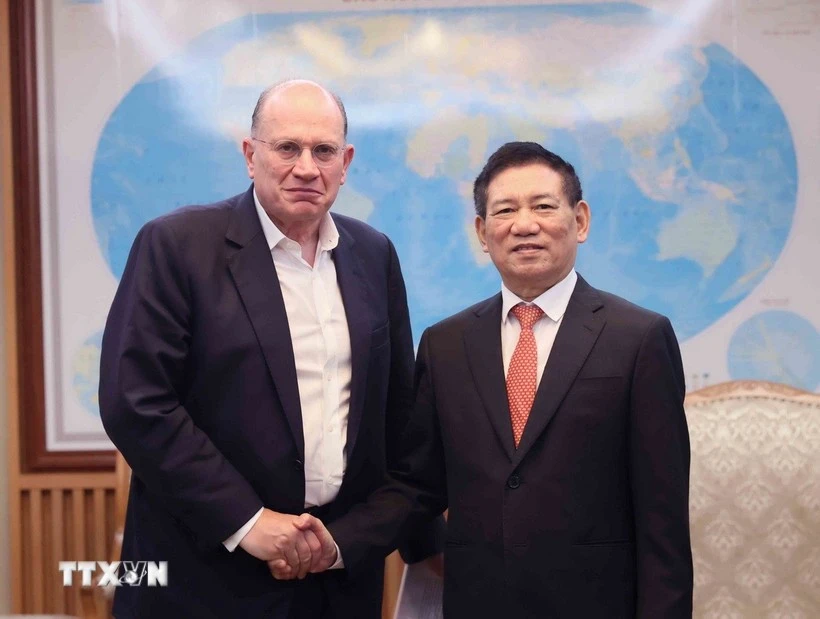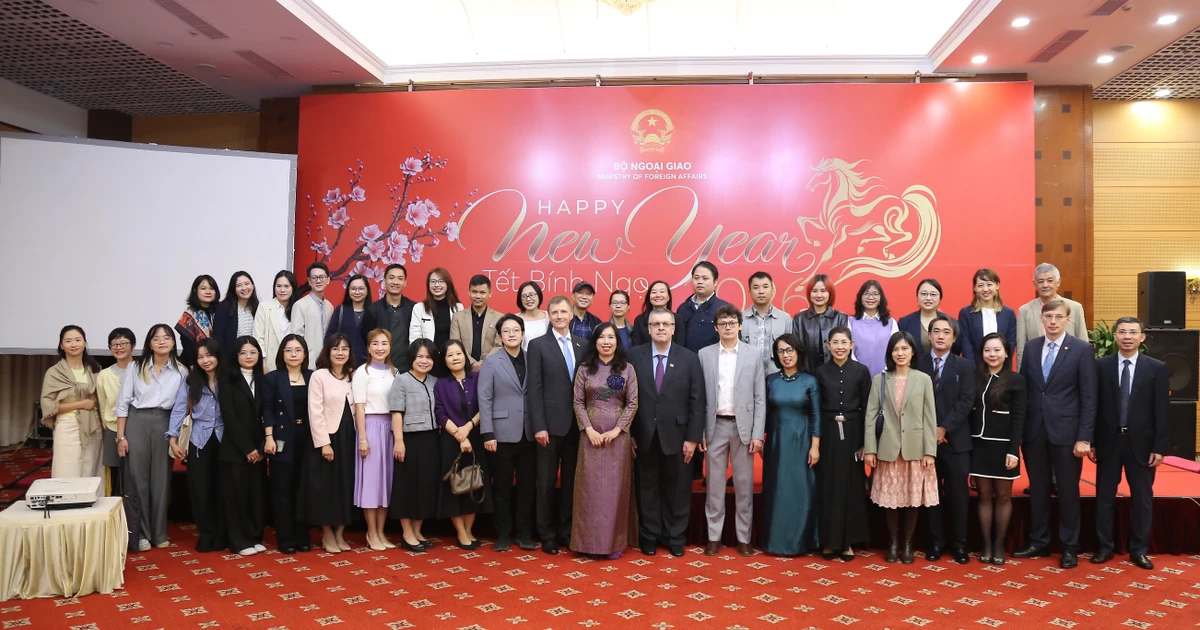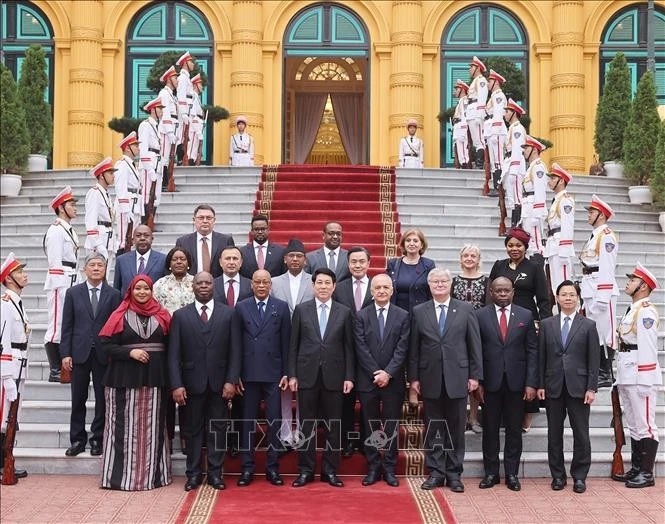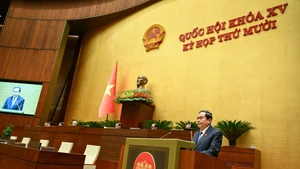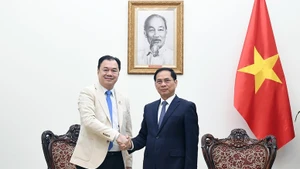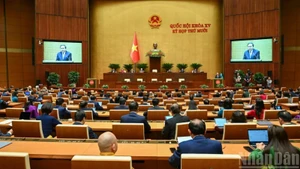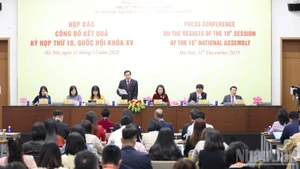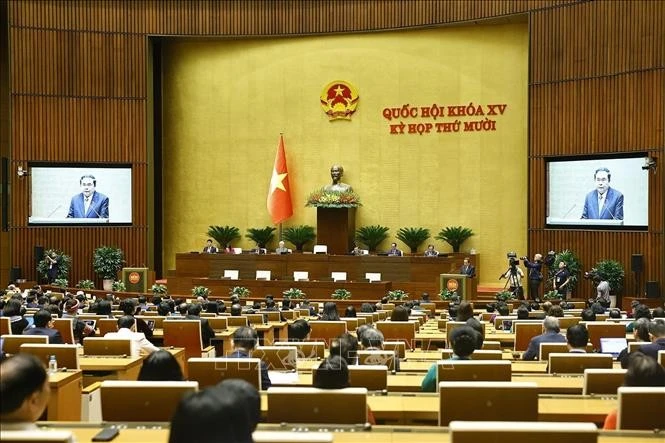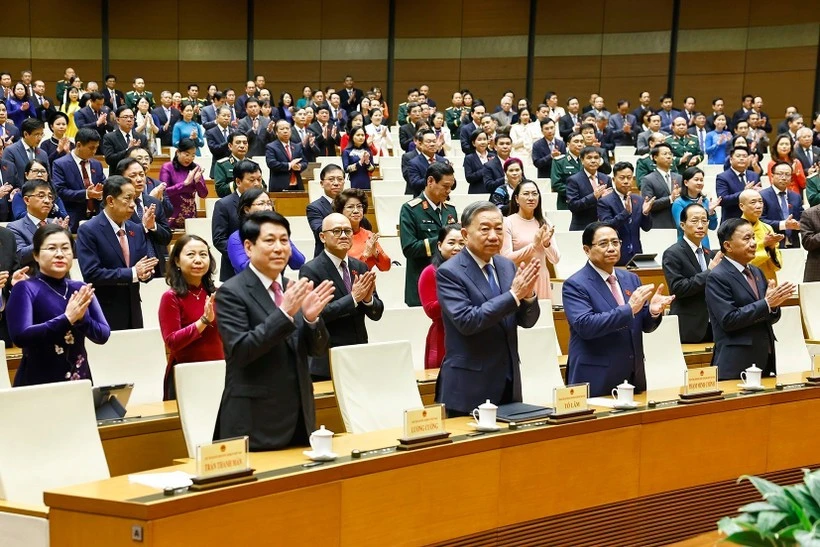On the morning of March 27, General Vo Nguyen Giap assigned the task of liberating Da Nang to Comrade Le Trong Tan, Commander of the Quang Da Front. He then contacted Comrade Chu Huy Man in Quang Ngai and Comrade Vo Chi Cong to announce the Politburo’s decision to establish the Quang Da Front and appoint its command. The directive was clear: “Quickly concentrate the main forces along Road 1 and advance into Da Nang as swiftly, timely, and boldly as possible.”
On the same day, the General Command issued orders to Corps 2 and Military Region 5: “The situation in Da Nang is extremely urgent. Special measures are needed — rapidly attack the enemy, bypass targets along the way, and strike directly at Da Nang as quickly, promptly, and aggressively as possible with the earliest available forces.”
To pave the way for the assault on Da Nang, on March 27, Regiment 18 of Division 325 continued its attack on the enemy’s temporary defensive line at Phu Gia Pass. Simultaneously, Regiment 84 Artillery, having just descended the mountain, quickly utilised captured enemy artillery at Phu Loc and Phuoc Tuong to support Regiment 18 in battle. The enemy resisted fiercely, with aircraft from Da Nang Airport launching continuous sorties and artillery from Lang Co and Hai Van providing heavy covering fire for their infantry, who were determined to hold their ground. However, with strong fighting spirit, our forces swiftly overran Phu Gia Pass and continued forward to liberate Son Hai.
By the afternoon of March 27, Battalion 8 had spearheaded the southern flank’s advance toward Lang Co (at the foot of Hai Van Pass). A fierce battle ensued, and by 8 pm, Regiment 18 had secured the Lang Co area, breaking through towards Hai Van Pass to press into Da Nang.
That night, the campaign’s artillery forces established a battlefield with four 130mm artillery pieces. Corps 2’s artillery deployed 14 cannons (including six 130mm) at Mui Trau Pass and Lang Co. In the south, Military Region 5’s command stationed two artillery companies (four guns) at Khanh Son.
On the enemy side, over 2,000 soldiers at the Hoa Cam Training Centre mutinied and deserted on March 27. All three brigades of the Marine Division abandoned their positions. General Ngo Quang Truong, Commander of the Corps 1 and Military Region 1 of the Republic of Vietnam, fled to the Son Tra Peninsula and later escaped onto a US ship offshore.
In Quang Nam, receiving urgent orders to march to Moc Bai and Phu Phong to block the enemy’s retreat route to Da Nang. By 10 am on March 27, Battalion 72 had reached Phu Phong and set up roadblocks at Cong Ba Bridge. Battalion 70 engaged the enemy at Moc Bai, gaining control and pushing toward Huong An Bridge. With Road 1 severed, the enemy attempted to clear an escape route using artillery and airstrikes. By 5 pm, the enemy troops from Ha Lam and Nui Que retreated toward Da Nang but were fiercely attacked, forcing them to abandon their vehicles and artillery and flee west of National Highway 1, crossing fields and the Ba Ren River towards Duy Xuyen.
In the direction of the Central Highlands, Division 7 captured the Da Huoai region, attacked the Madagui outpost, and eliminated enemy positions from Madagui to Da Huoai. Using tanks and artillery, our mechanised units systematically destroyed enemy strongholds at Kim Hung, Dam M'Re, and Ba Co Pass, swiftly advancing over Bao Loc Pass toward Bao Loc Town.
On March 27, in accordance with Decision No. 54/QD-QP of the Minister of National Defence, at the Central Highlands campaign headquarters in Thuan Man, General Van Tien Dung announced the establishment of Corps 3. On the same day, the Politburo decided to establish the Party Committee of Corps 3, placing it under the direct leadership of the Central Military Commission.
From March 27 onward, based on the Politburo’s assessment and determination, the Regional Command developed a plan to liberate Saigon, submitting it to the Central Office for South Vietnam and the Politburo. The strategy involved strategic division (cutting off Routes 4 and 15, the Long Tau River, liberating Xuan Loc, and threatening Bien Hoa) combined with strikes on supply depots, airfields, and enemy bases to create major disruptions within the city.
The plan called for the primary use of B2 forces, reinforced by two additional divisions and possibly one army corps, launching a five-pronged attack on Saigon. This would be coordinated with special forces and commandos and mobilising the masses to rise up and execute a full-scale offensive and general uprising to liberate Saigon.
